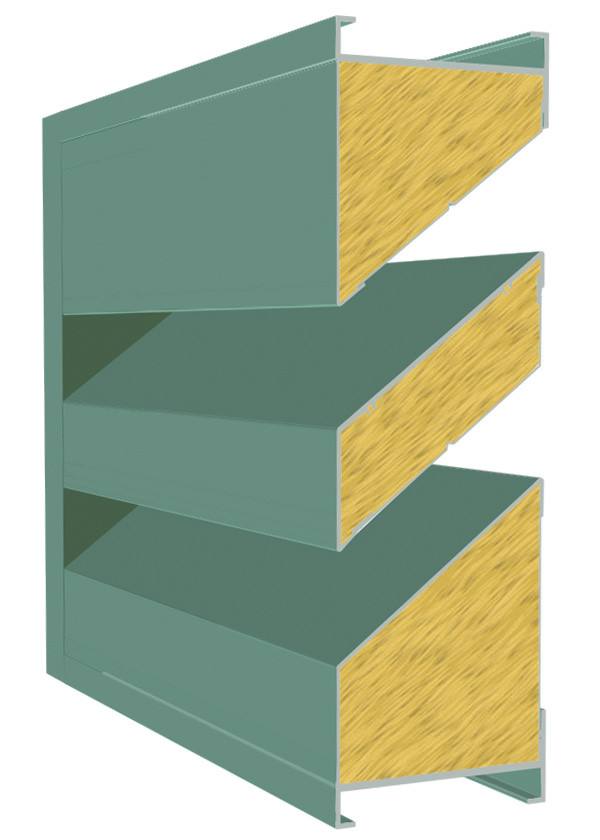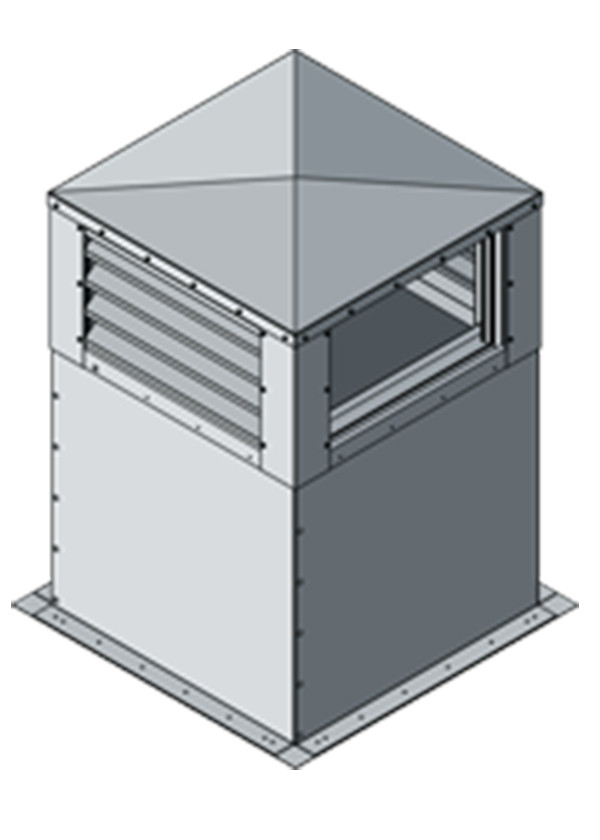Understanding the Different Types of Louvers: A Comprehensive Guide
Louvers are an essential component of HVAC systems, providing ventilation and airflow control in various applications. At Pottorff, we offer a wide range of louvers to meet any need, from standard models to custom designs. In this comprehensive guide, we'll explore the different types of louvers and their applications in more detail.
Type of Louvers
There are many different types of louvers available, each with their unique features and applications. Here are some of the most common types of louvers:
- Stationary Louvers: These are the most common type of louver, and they are used for intake and exhaust applications. Stationary louvers are designed to allow air to pass through while blocking out debris and water.
- Drainable Louvers: Drainable louvers are similar to stationary louvers, but they are designed to remove water that collects on the blades. They are commonly used in areas with heavy rainfall.
- Wind-Driven Rain Louvers: These louvers are designed to keep out wind-driven rain. They have a special blade design that prevents rain from entering the building, even under high wind conditions.
- Acoustical Louvers: Acoustical louvers are designed to reduce noise levels. They are commonly used in areas with high noise pollution, such as airports or highways.
- Penthouses: Penthouses are louvers that are designed to cover rooftop equipment. They are commonly used in commercial buildings to conceal HVAC systems.
- Combination Louvers: Combination louvers are designed to provide both intake and exhaust ventilation. They are commonly used in areas where space is limited.
- Hurricane Louvers: Hurricane louvers are designed to withstand high winds and heavy rainfall. They are commonly used in coastal areas prone to hurricanes.
Applications of Louvers
Louvers can be used in a variety of applications, from commercial to residential settings. Here are some of the most common applications of louvers:

HVAC Systems:
Louvers are an essential component of HVAC systems, providing ventilation and airflow control.

Industrial Settings:
Louvers are commonly used in industrial settings to control the flow of air and to prevent the ingress of debris and pollutants.
Conclusion
Louvers are an essential component of HVAC systems, providing ventilation and airflow control in various applications. At Pottorff, we offer a wide range of louvers to meet any need, from standard models to custom designs. Understanding the different types of louvers and their applications can help you make an informed decision when selecting louvers for your project. We hope this guide has been helpful, and please don't hesitate to contact us if you have any questions or need assistance selecting the right louvers for your project.
Footnotes:
- HVAC: Heating, Ventilation, and Air Conditioning.
References:
- Pottorff. (n.d.). Louvers. Retrieved September 15, 2021, from https://www.pottorff.com/literature/
- ASHRAE. (2017). HVAC Systems and Equipment Handbook. American Society of Heating, Refrigerating and Air-Conditioning Engineers.
- Guide to Louvers" by Ruskin, available at https://www.ruskin.com/catalog/model/Guide-to-Louvers. Ruskin is a manufacturer of commercial and industrial louvers, dampers, and other HVAC products. Their guide provides an overview of different louver types, applications, and performance characteristics, as well as installation guidelines and industry standards.

